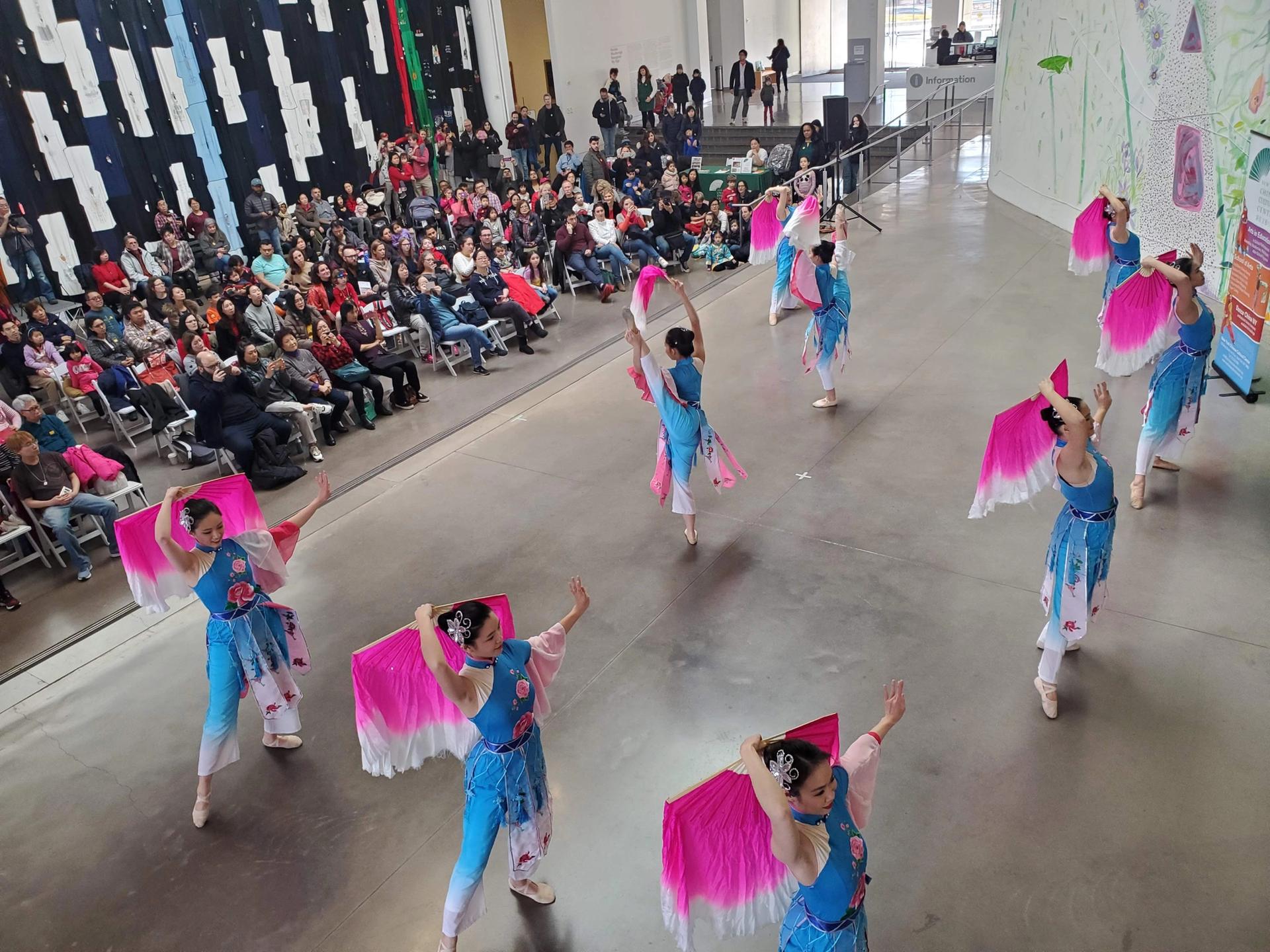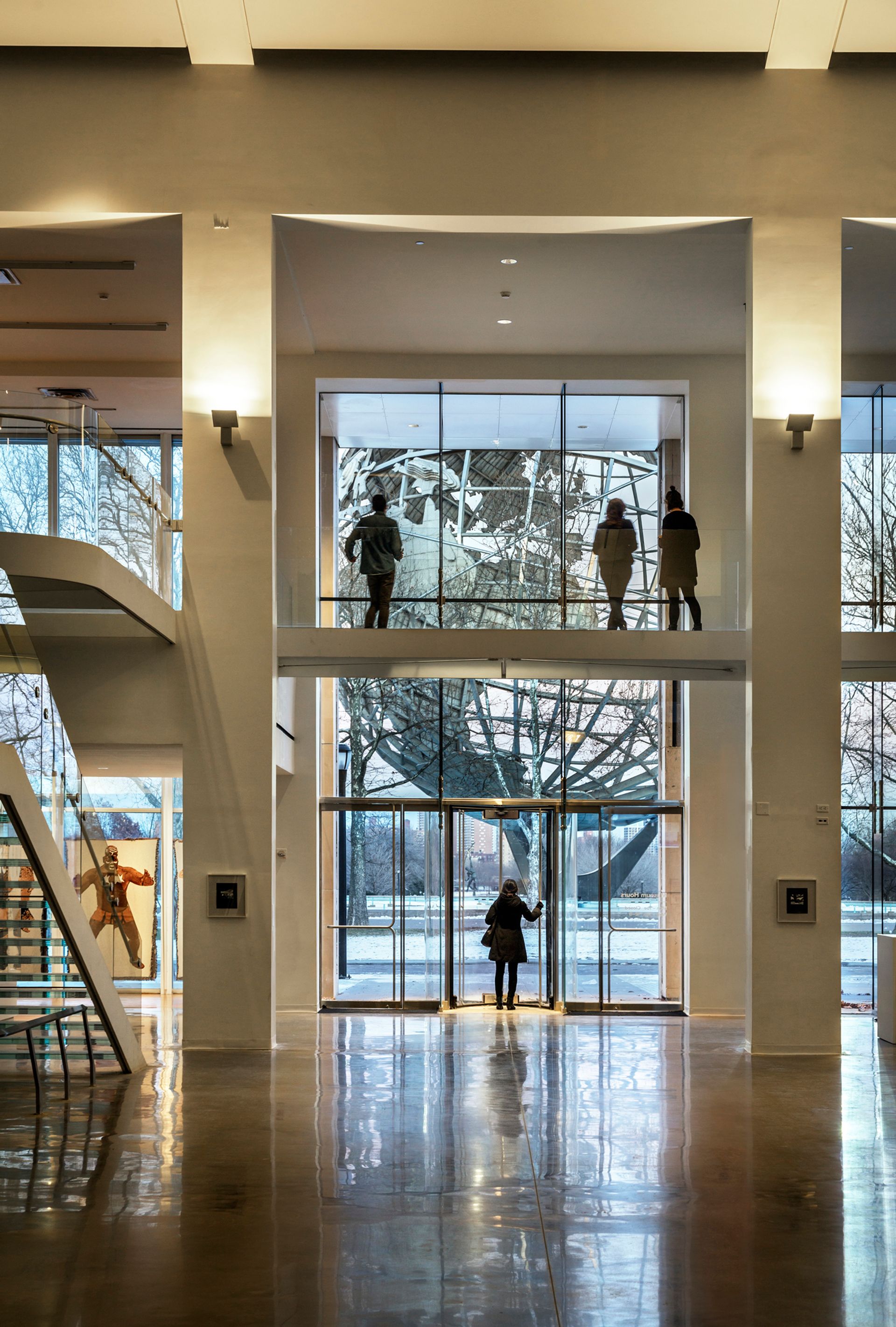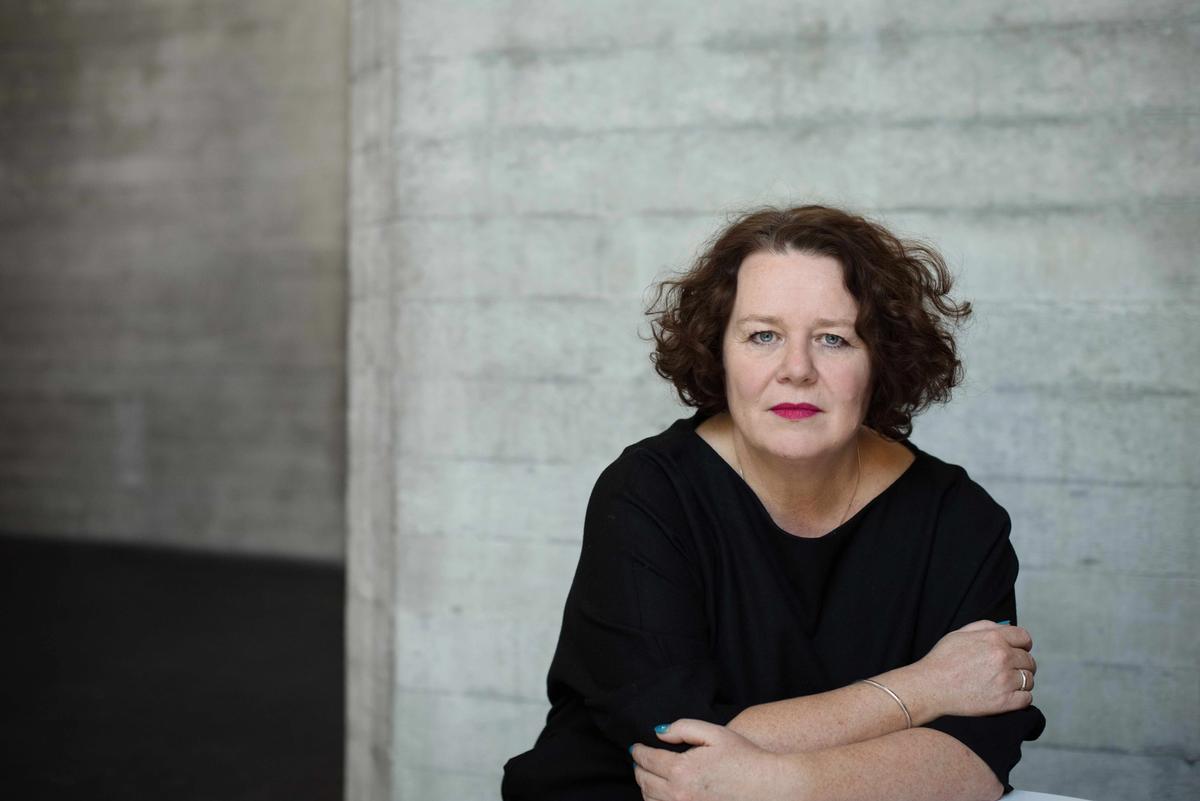Just one year ago, I came to live in New York as the director of the Queens Museum. Since I arrived, I have been working with our team to reimagine the museum in a way that will connect us even more deeply with our communities in Queens and beyond. Over the past year, we have developed a model of a museum that is inclusive, hyperlocal, accessible and global and that continues to be defined by conversations with its communities.
The museum has an amazing legacy of pioneering work that, combined with its history as the site of two World’s Fairs and the UN General Assembly, is why I wanted to come to work here. When I arrived the Museum had been through a very public and challenging experience that led to internal turmoil as well as a change in how it was perceived by many of its stakeholders. I could never have imagined, a year later, that we would be facing an even more difficult situation, one in which I find myself leading us through a paralyzing and horrifying reality and hoping that we can survive and find a way to continue to be relevant for our communities.

Performers at the Queens Museum
Queens is the epicenter of the epicenter of the Covid-19 crisis in the US. Its neighbourhoods, specifically Elmhurst, Jackson Heights and Corona, where the museum is located, are among the most vulnerable in the five boroughs. Queens benefits from the diversity of people coming from all over the world to live here and has the highest percentage of foreign-born residents in New York City. They include many of our essential workers—they drive cabs, stock supermarkets, make and deliver food, they work in the gig economy and for many, their jobs do not offer health insurance, benefits or employment protection. Many are undocumented immigrants and work “off the books”, they do not have the luxury of staying home and not working, they continue to commute from overcrowded housing to keep the city moving.
In Queens and beyond, we are all facing global, political and economic uncertainty. We are facing mass unemployment and recession, loss of friends, family members, jobs, homes. Ultimately, we are facing a collective sense of grief that we have never known before, along with a growing refugee crisis, and a deepening understanding of the impact of climate change.
We do not yet have the language for talking about this kind of grief, but perhaps we can hope that this collective experience can coalesce into a strengthened sense of care and commitment to the people, places, and ecosystems that inspire, nurture and sustain us. This is a time to consider museums as places of care—not just care of collections, but care of our communities, staff and artists—and the careful creation of spaces to make and express collective and individual experiences as we recover from living through a prolonged period of isolation and loss. Mediated digital intimacies create connections, but they also reinforce the importance of being present together and of physical connection. When we come back together, we will need to re-learn how to gather in and create civic and public places, and I believe that museums can play a significant role in this rebuilding.

Inside the Queens Museum
More than ever then, there is a need to develop porous cultural institutions that are open, inclusive and empathetic. We need our galleries and museums to be unwavering in their commitment to maintaining spaces where human rights, diversity of opinion and creativity can thrive.
As we all try to understand and navigate the challenges of this new reality, we are working hard once again to plan and rethink how the Queens Museum will operate when we reopen. Our commitment to artists, education and our communities remains at the heart of the museum and we will spend the coming weeks working to understand how to remain a public space during this time. We are continuing to work at a distance using technology and we are developing digital content to share and activate our audiences. There are many things that need to be reconsidered—museums will reopen, but we do not yet know how the ways that people will gather and behave in public space will change.
Right now, many people in my neighbourhood are using the waterside park next to the East River as an almost silent and outdoor space where they are unconnected. We walk around in couples, family groups, some with their dogs, many alone. We navigate one another, masked and at a respectable distance, often speaking on phones, or listening to something on earphones—each in our own world. This reality is broken daily at 7pm as we all step out onto balconies, lean out of windows, stand in the street and cheer, bang pots and pans to thank the essential workers for keeping us safe in a moment of collective hope and gratitude. We come together again for another day.
• The writer is the president and executive director of the Queens Museum


